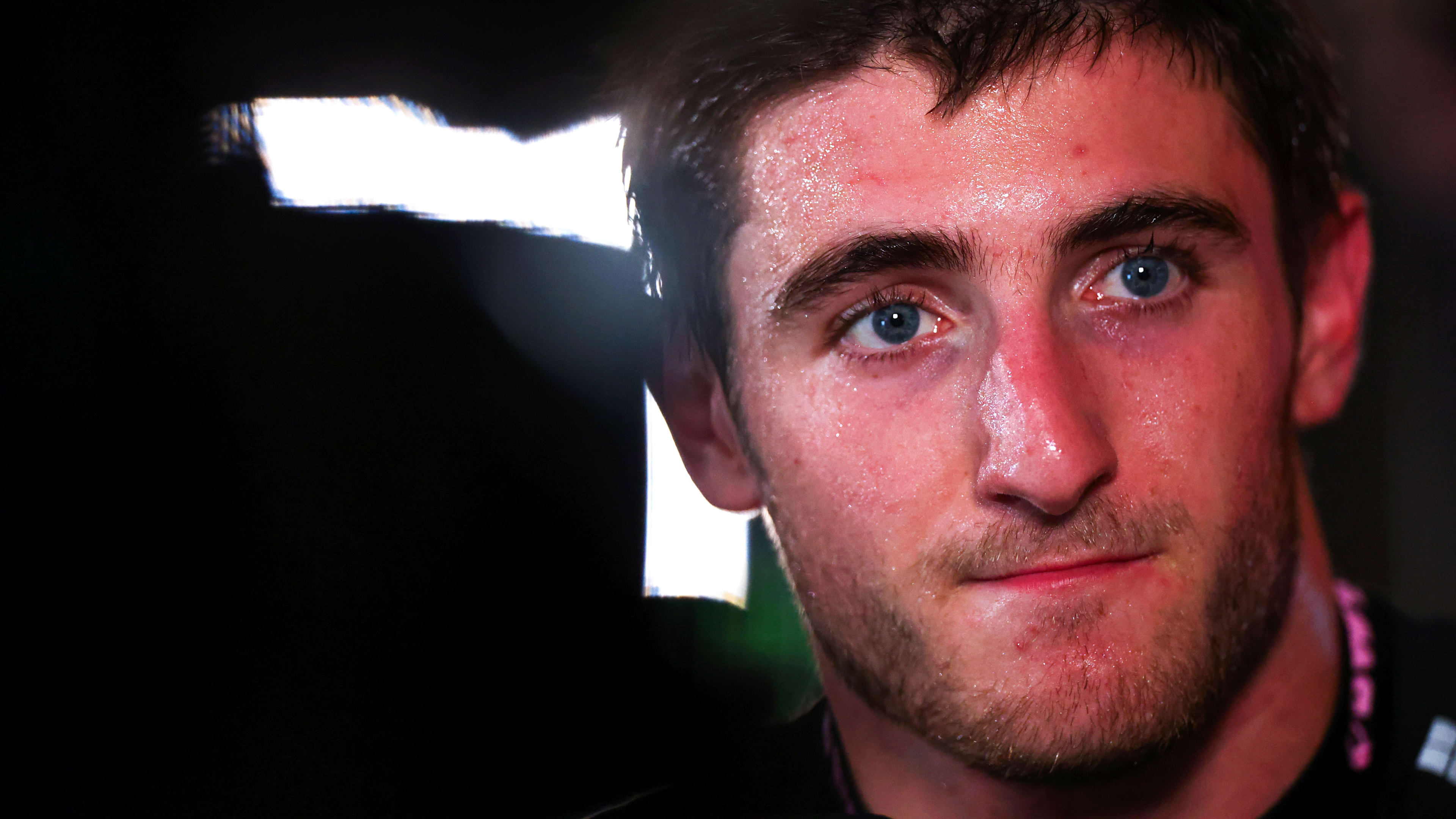
Technical
ANALYSIS: What Haas’ VF-22 can teach us about how teams have approached the 2022 regulations

Share

The Haas VF-22 which was shown in digital form yesterday broadly represents how the actual car will look, even if some of the details are expected to differ when it eventually breaks cover. Here, Mark Hughes and Giorgio Piola look at the learnings that can be taken from the launch of the new Haas.
SNAPSHOT: Don’t expect identikit cars
This is the first look at an F1 team’s response to the all-new aerodynamic regulations of 2022 and it differs considerably from the generic F1 car displayed at Silverstone last year, illustrating that the cars will not – as feared – look almost identical.
READ MORE: Haas become first team to reveal 2022 car and livery
Although complying to exactly the same regulations, compared to the generic car, the Haas shows considerable differences in its front wing, its sidepod shape, venturi tunnel inlets and cooling arrangements, as you can witness in the gallery below.
1 / 2
KEY POINTS: Ferrari relationship has defined the VF-22
Haas continue to take their mechanical components from Ferrari as far as the regulations permit. So the VF-22 is configured around the Ferrari power unit and gearbox. That defines the car’s rear end and the cooling requirements.
READ MORE: Haas Technical Director Resta calls 2022 car build 'most complex in the last 20 years'
In plan view, it can be seen that the sidepods taper in at the rear much more than on the generic car and from side-on it can be seen that they drop down more suddenly towards the rear. The cooling route for the radiators defines this general shape, and it’s clear that the Haas has been packaged quite aggressively here in order to maximise the over-body aerodynamics.

The different airflows that will result from the pull-rod and push-rod front suspensions can be seen here. Haas have opted for the pushrod layout
The front suspension is a pushrod-operated system, and this is an area where we can expect to see variation between the teams – with McLaren, for example, expected to reveal a pull-rod layout. This reflects differing approaches to directing the air in the most favourable way, now that barge boards have been banished and the twin venturi tunnels need to be fed with the best possible airflow. The pull-rod system has the rockers mounted at the bottom within the nose, whereas the push-rod system has them at the top.
READ MORE: Steiner expecting Schumacher and Mazepin to 'fight for points' with all-new Haas VF-22
Historically, Haas have shared the same wheelbase as Ferrari and it’s expected this will continue to be the case. Compared to the generic car, the Haas is again more aggressive in how they have angled the front axle further back – in order to maximise the length of the downforce-creating venturi tunnels within a wheelbase which is now limited by regulation to a maximum of 3600cm.

Here are the two extremes of wheelbase, between 3460 and 3600mm, both within the 2022 regulations. In terms of axle layout, the Haas is more like the lower car, with the front axle line as far back as permitted and with the maximum wheelbase, a combination which will maximise the length of the venturi tunnels (here in dark grey). But in terms of cooling layout and therefore sidepod shape (green and orange) it is much more like the upper car
IN-DEPTH: Front wing looks set to be key battleground
The most glaring visual difference between the Haas and the generic F1 car is the front wing. It is more heavily cambered, the elements rising up dramatically from the nose and then falling away just as dramatically towards the endplates.
There appears to be less surface area of wing elements but that greater camber will be working them harder. The optimum trade-off between area and how hard the surfaces are being worked – i.e. the difference in air pressure between the top of the elements and their underside – is a key one with these new rules, which place much more limitations on the wing.
READ MORE: How Haas plan to return to the F1 midfield in 2022
1 / 2
Compromise between capacity and speed of flow will also be seen in the shape of the venturi inlets – and those of the Haas are considerably smaller than those shown on the generic car.
This will accelerate the air harder into those inlets, and the faster the flow the greater the downforce. A greater volume of air travelling at the same speed would create even more, but there is always a limitation between speed and volume. This is where the Haas aerodynamicists have deemed that the optimum is.
WATCH: Everything you need to know about the new 2022 F1 car
Other details show that the steering arm is no longer aligned with the top wishbone, suggesting that they are each being used to perform different tasks in directing the airflow.

The VF-22's the cooling apparatus appears loaded up front, forming more of a blockage over-body at the front but giving an enhanced coke bottle profile at the rear
Overall, it’s a fascinating first look at how one team has interpreted 2022’s sweeping new regulations. And with nine more launches to follow in the coming weeks, key differences between this year’s field will start to emerge.
YOU MIGHT ALSO LIKE
News ‘Our worst performance so far’ – Wolff left searching for answers after Mercedes’ low-key display in Saudi Arabian GP
Podcast F1 NATION: Piastri makes a statement to finish F1’s triple header on top – it’s our Saudi Arabian GP review
News Leclerc ‘never expected’ podium in Saudi Arabia as he urges Ferrari to ‘keep pushing’ for fight at front
News FIA post-race press conference – Saudi Arabia








